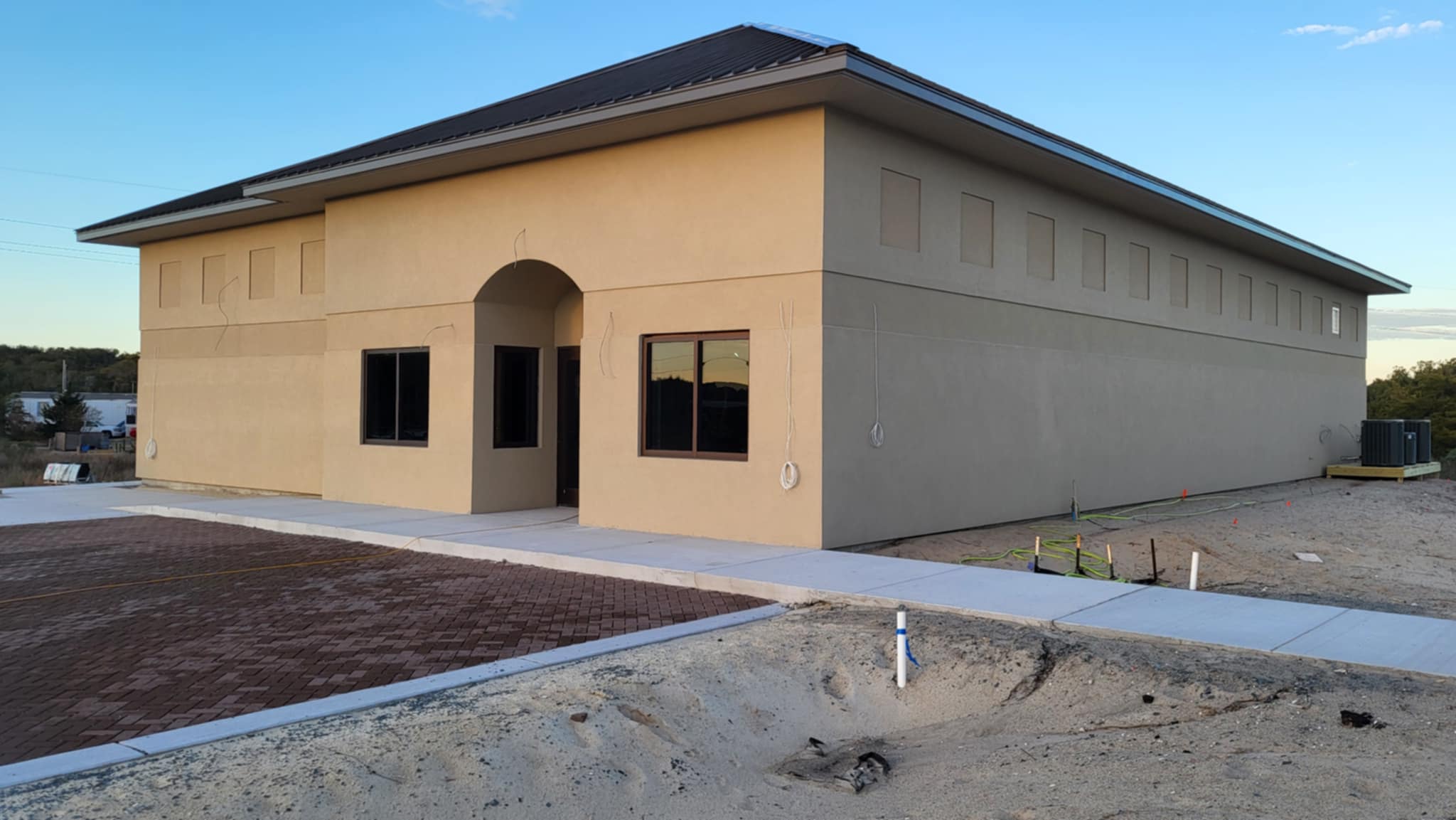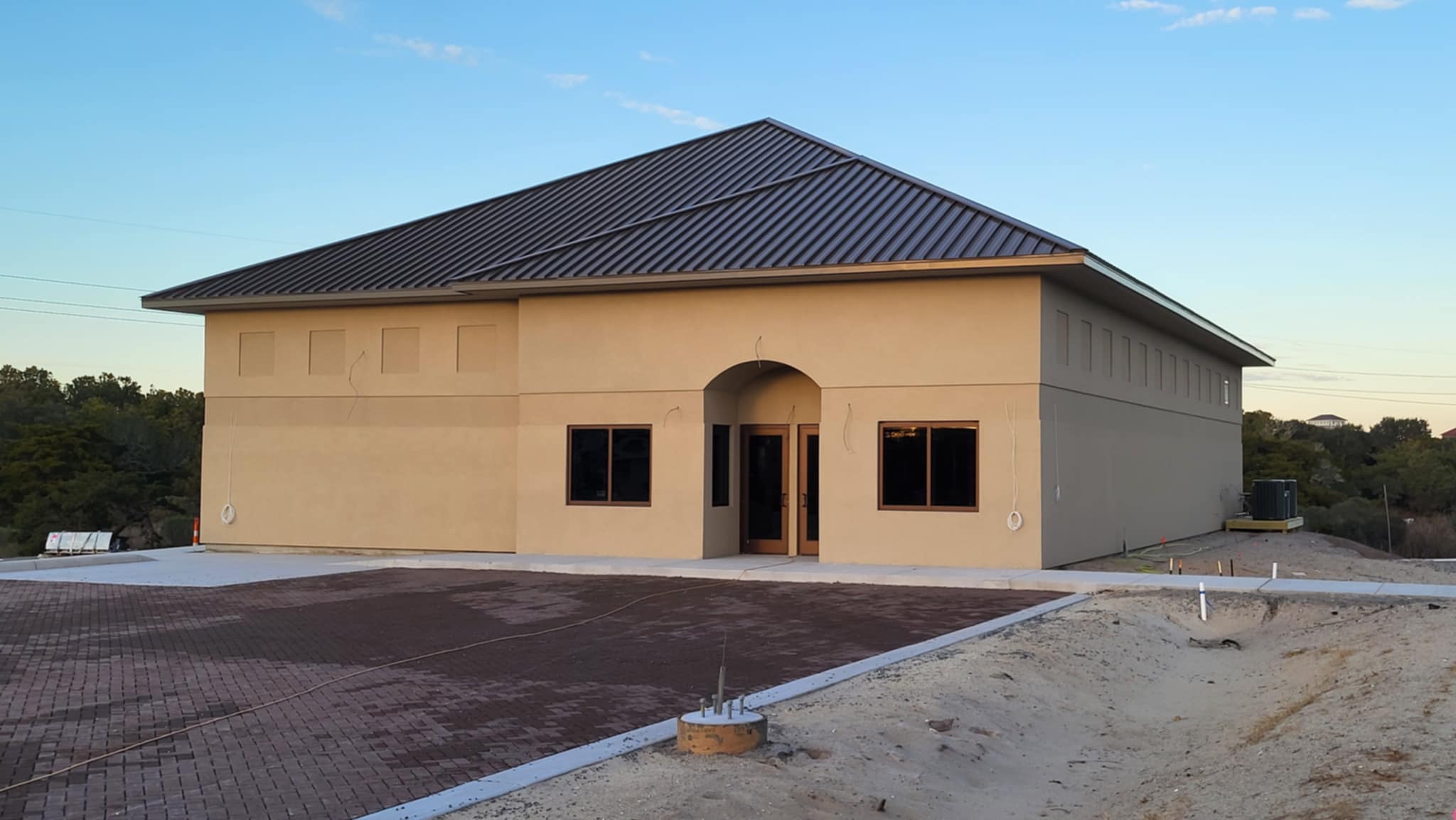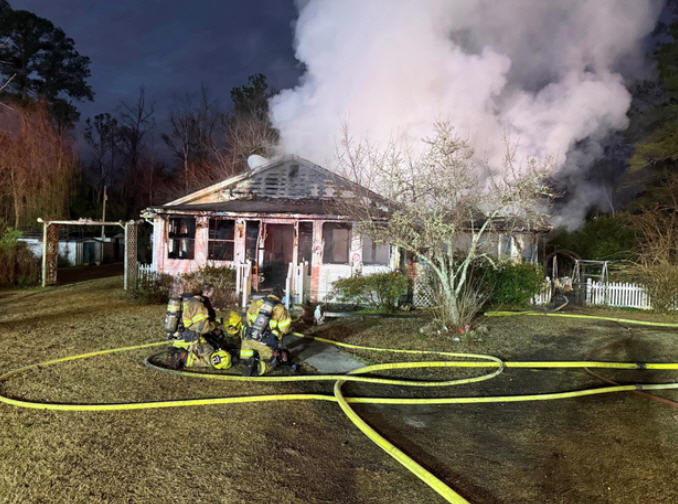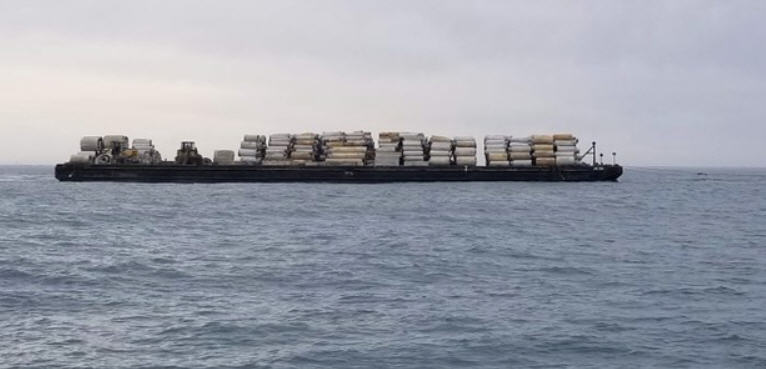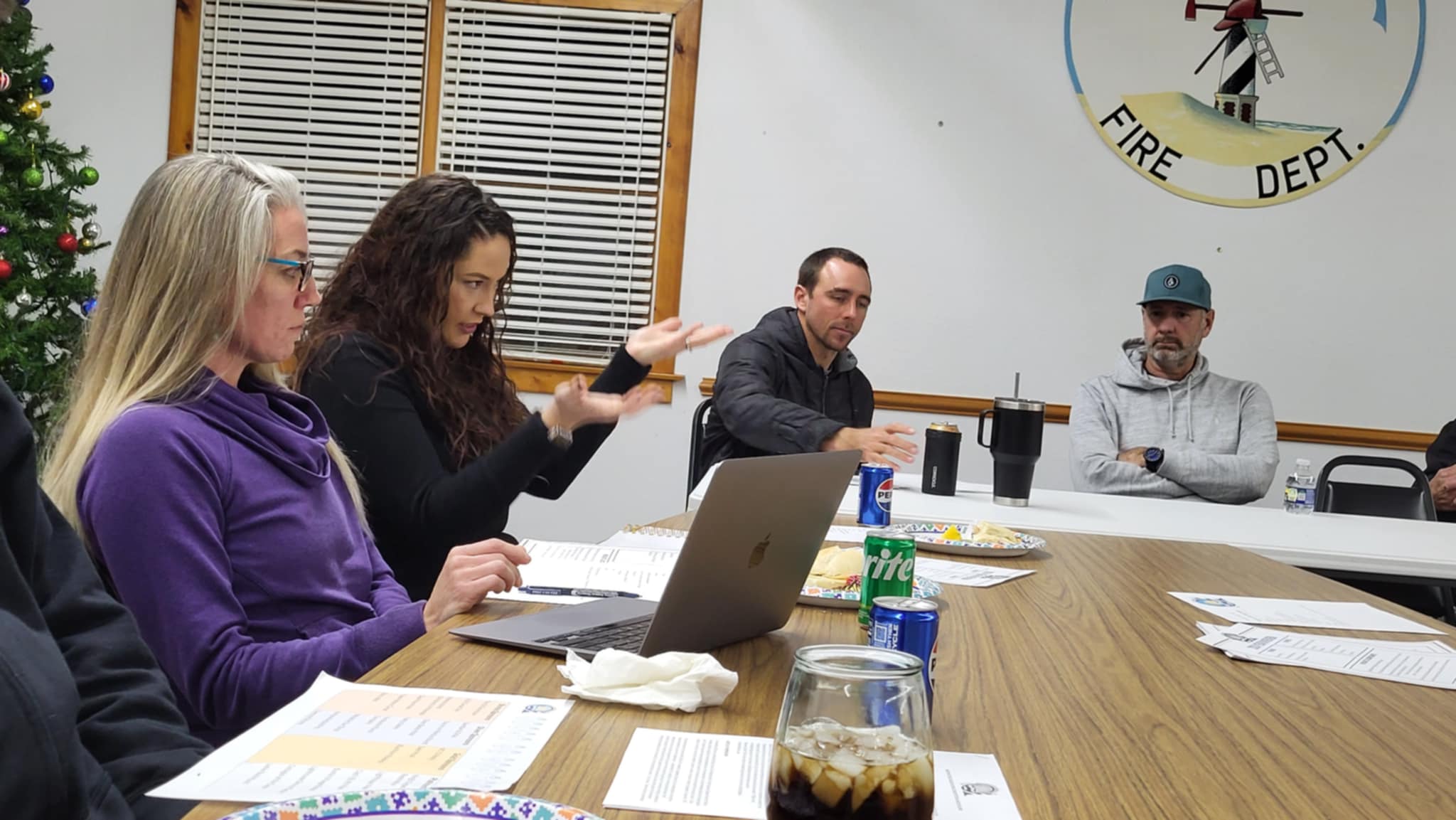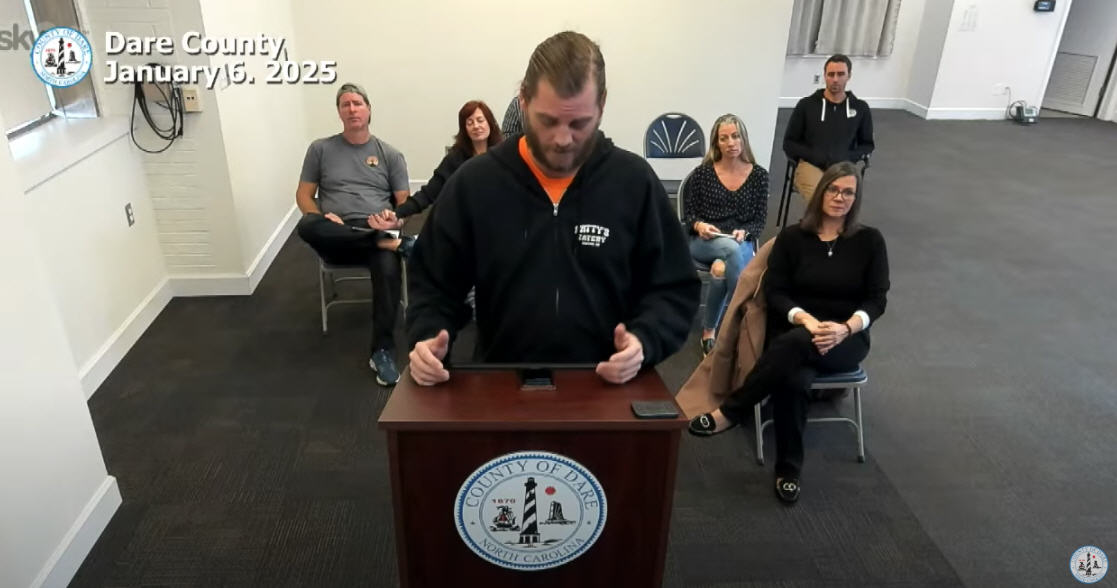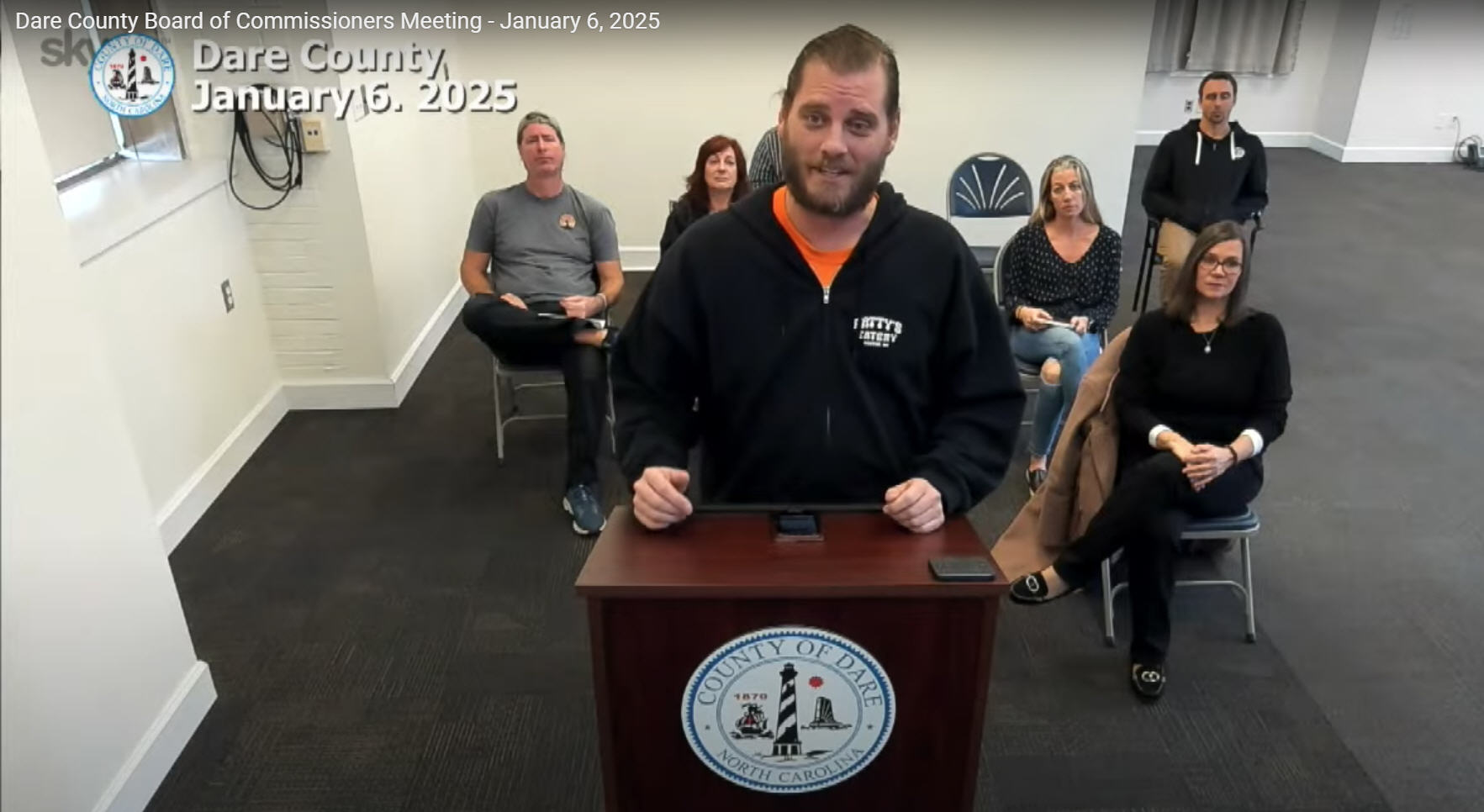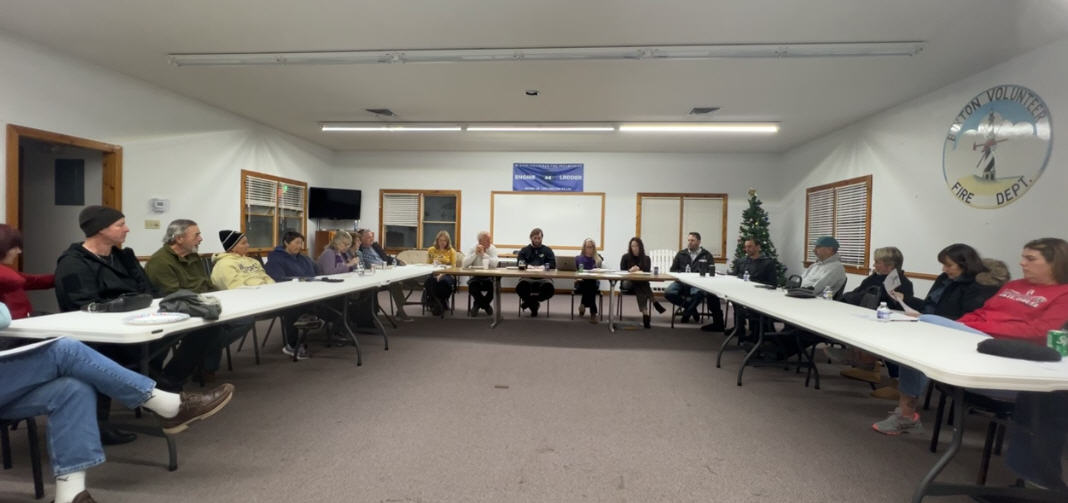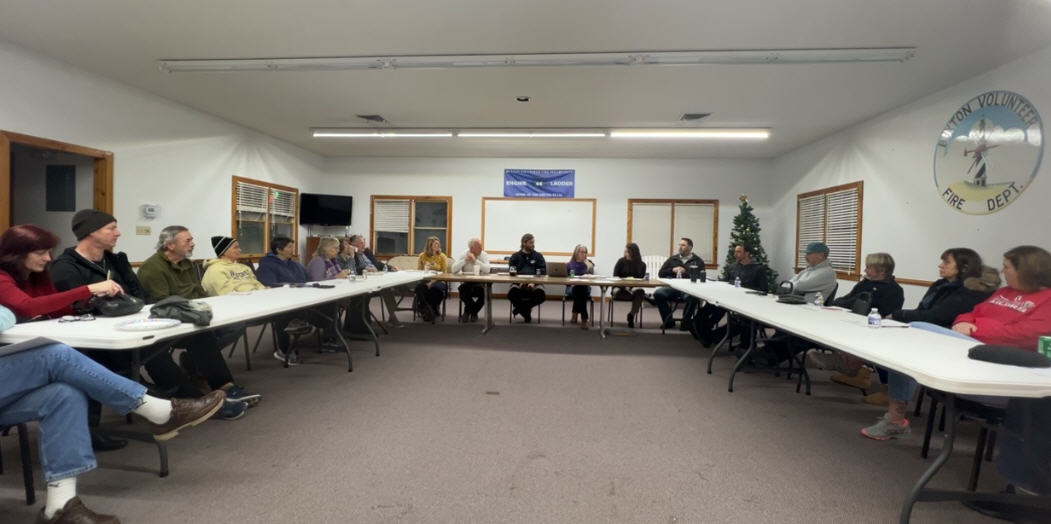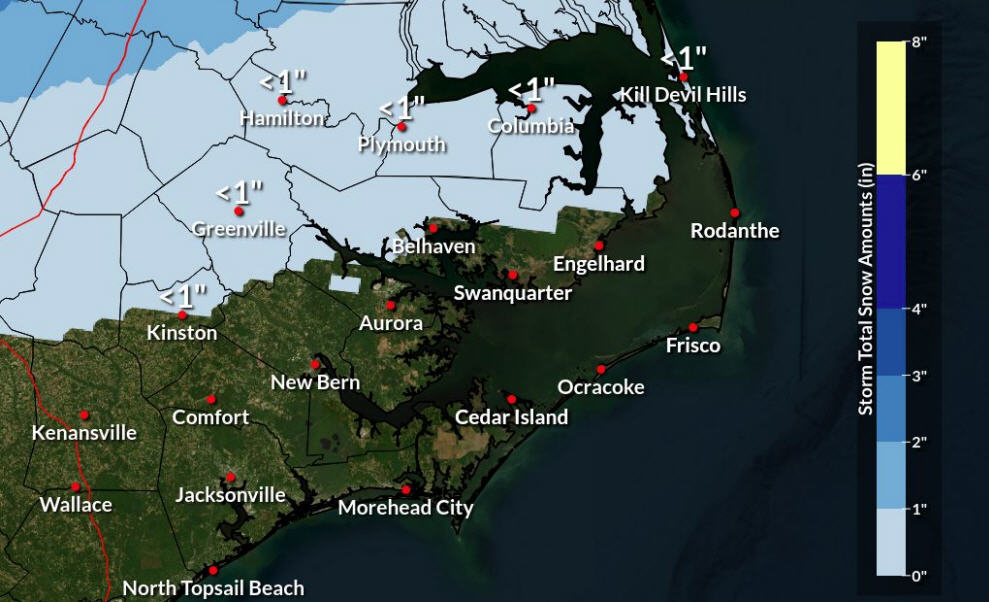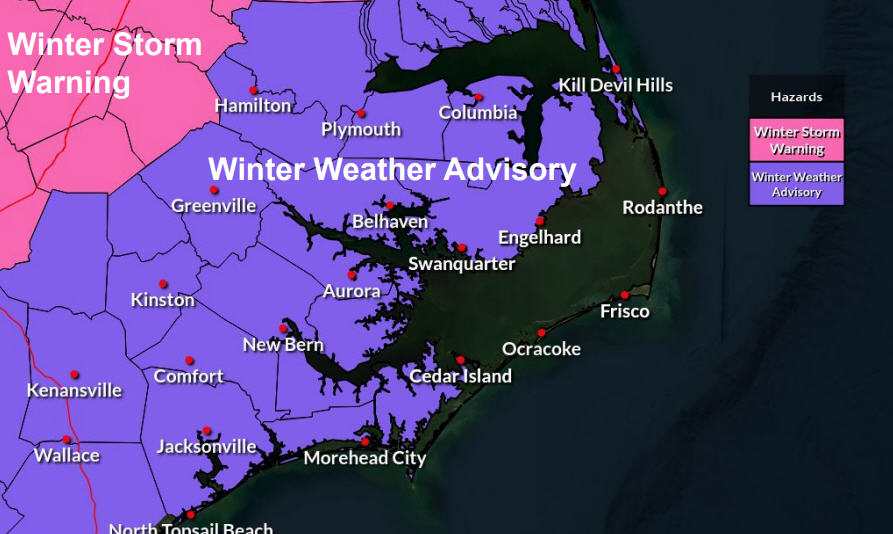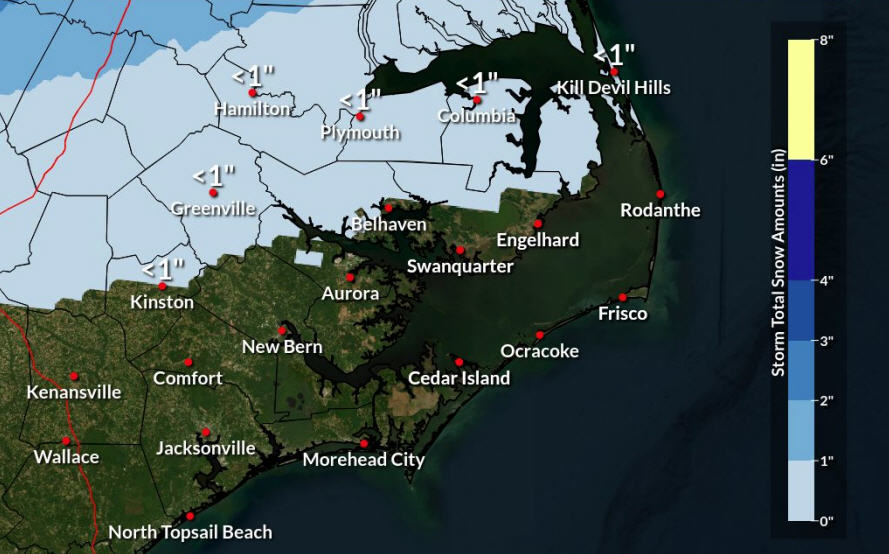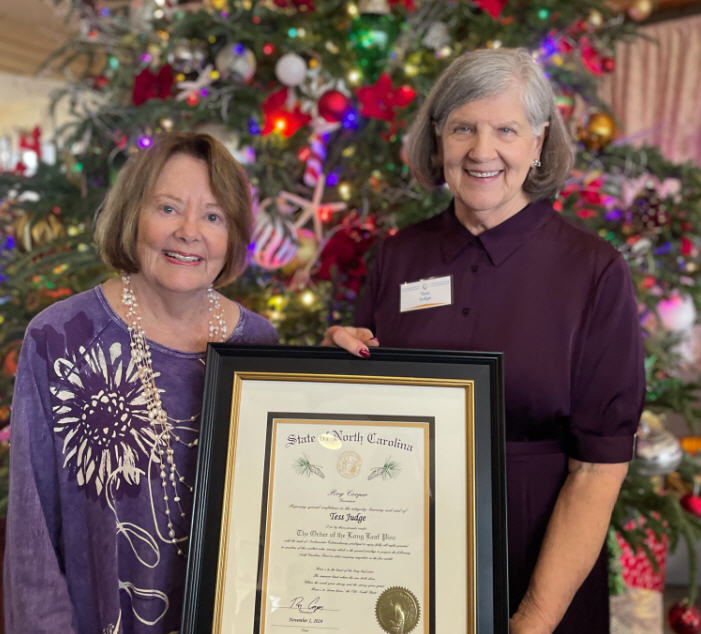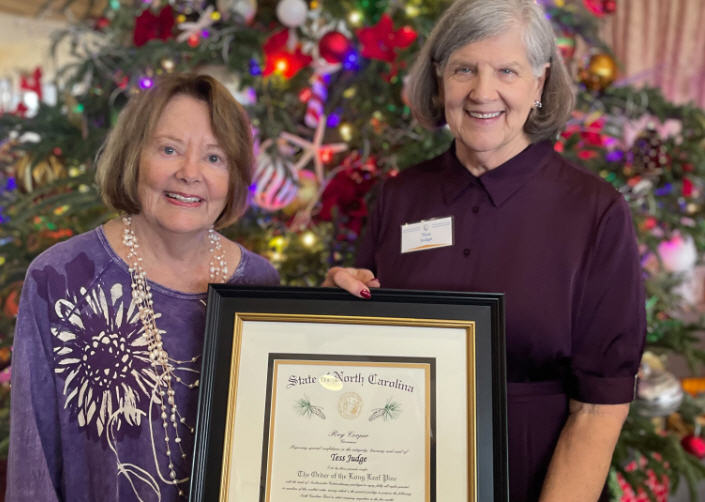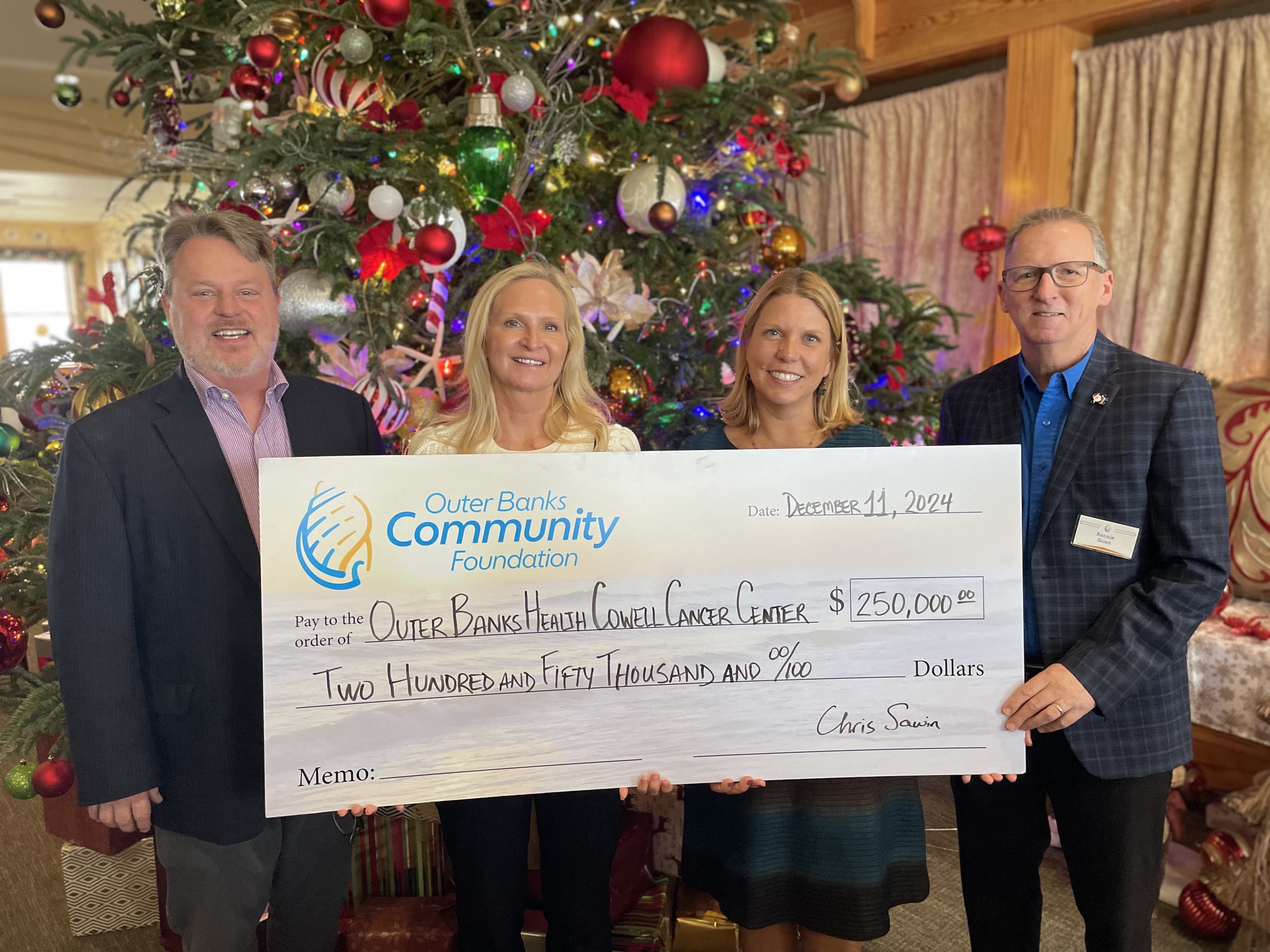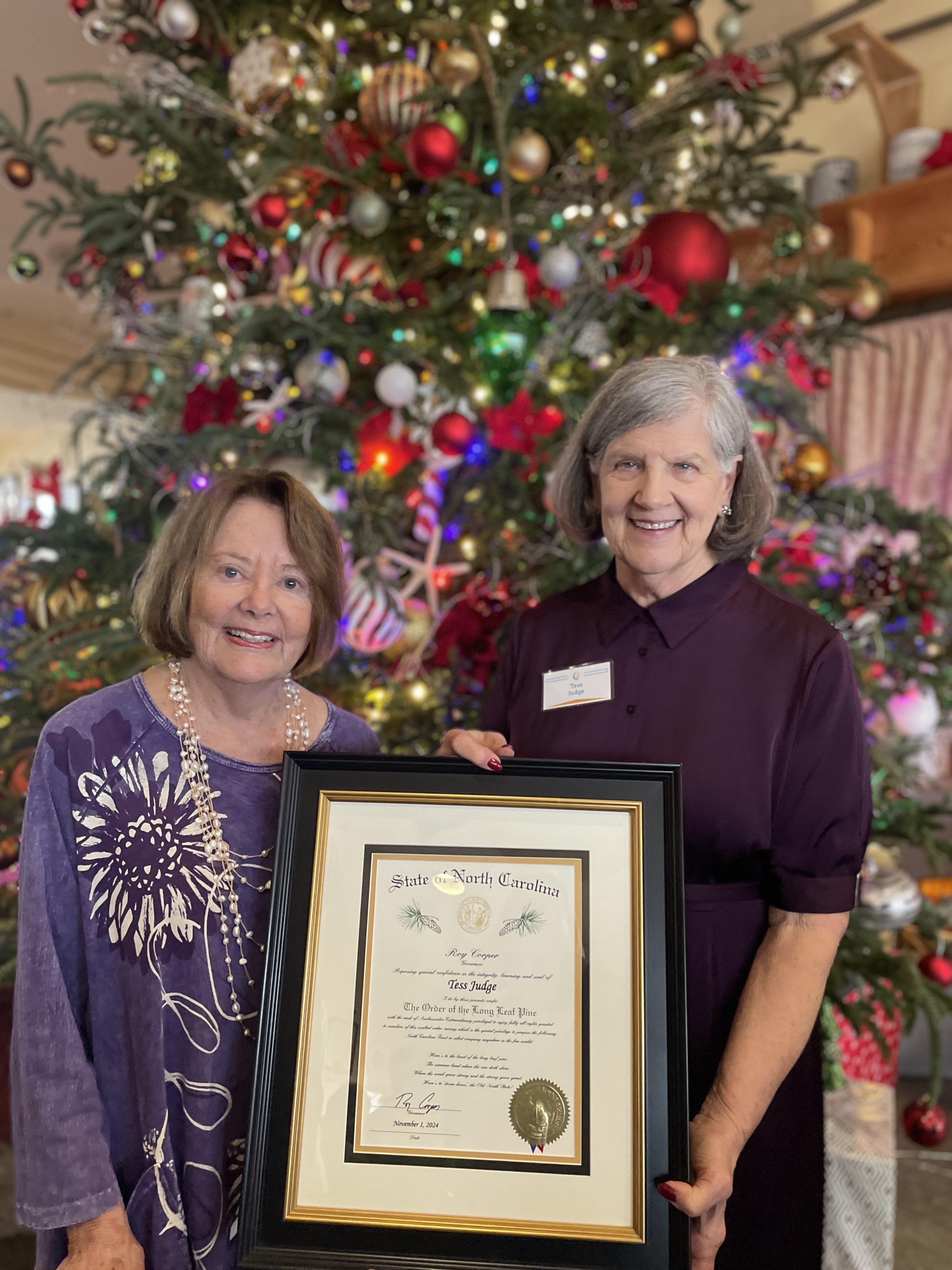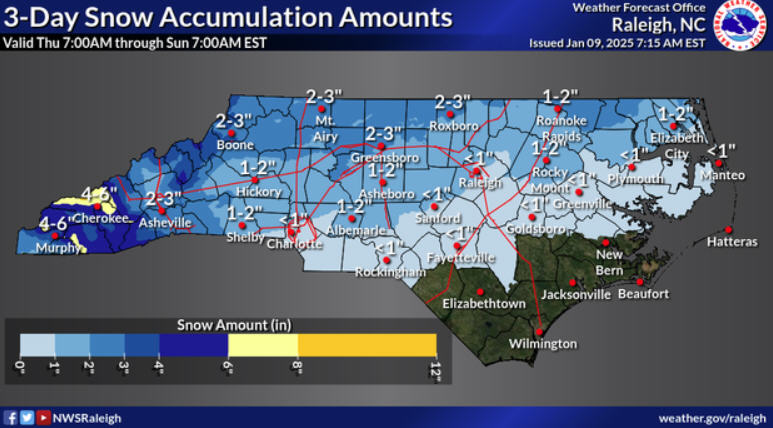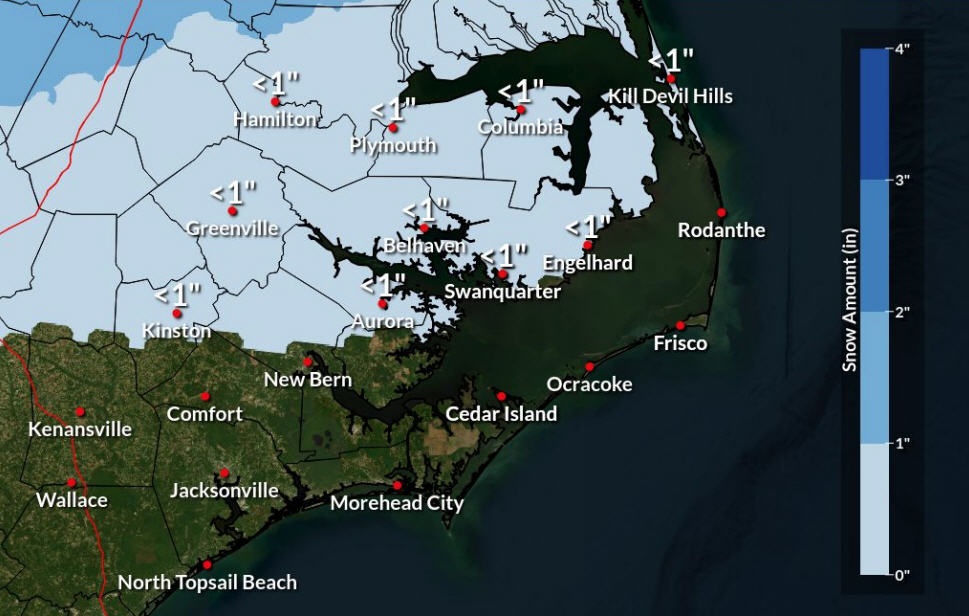Park Service is working with Avon groups on finishing Little Kinnakeet restoration
One of the most unique and handsome historic structures on the Outer Banks is seldom seen by anybody, including the people who drive by it every day.
Little Kinnakeet Life-Saving Station, its watchtower poking up over the brush on the soundside of Highway 12 between Avon and Salvo, has been partially restored and weatherized during the last decade. But money to complete the work has yet to materialize.
Rather than have the structure continue to languish, islanders are now working with the National Park Service Outer Banks Group to secure a lease that would make it possible to finish the station’s restoration and open it for public use.
“We would love to see it benefit the whole community,” said Jenn Auguston, president of the Kinnakeet Civic Association.
Auguston said that she expects that there will be a meeting of interested islanders in the near future to brainstorm about the best use of the site. But she does not hesitate to dream big.
“We would love to have almost something like a Roanoke Island Festival Park, except for us on Hatteras Island,” she said enthusiastically. “It could be all-encompassing.”
Possible features at the site, she suggested, could include kiosks for genealogy searches, displays of island artifacts, a community center, a museum, a recreation hall, an outdoor amphitheater; and walking trails to the historic cemeteries along the Pamlico Sound.
Dawn Taylor, founding president of the Hatteras Island Genealogical and Preservation Society, said that the society is excited about the potential benefit to the public, as well as preservation of a centerpiece of island history.
“It’s our heart — the soul of the community,” said Taylor, whose maiden name is Farrow. “That’s the main thing: We don’t want to see any more of our history lost. We want to preserve what’s there.”
Taylor’s grandfather, James Washington Scarborough, she said, served at the station.
Originally built on the beach about 11 miles north of the Cape Hatteras Lighthouse, Little Kinnakeet’s 1874 boathouse — one of the Outer Banks’ earliest lifesaving stations —-was relocated to the soundside in 1900. Four years later, a new station building, with its distinctive wrap-around porch, was constructed.
The Coast Guard deactivated the 17.5-acre site in 1954, and it was eventually turned over to the Park Service.
Intermittent restoration of the 1874 boathouse, a virtual twin of the one at Chicamacomico Life-Saving Station in Rodanthe, was interrupted in 2003 by Hurricane Isabel, which tore off portions of its cedar roof and its siding.
Between 2004 and 2006, the roof was replaced and the building was elevated on pilings to keep it safely above most ocean and sound overwash. The exterior was painted in a striking burnt orange that replicated the original color.
The 1904 station has also been stabilized, but much interior work remains to complete the buildings’ restoration.
Doug Stover, Cape Hatteras National Seashore historian, has provided details to the Kinnakeet Civic Association and the Hatteras Island Genealogical and Preservation Society about a National Park Service program that allows an applicant who restores a building to required standards to lease a site, with the value of the restoration cost offsetting the amount of the lease payment.
In a cost summary recently provided to the groups, work needed to restore Little Kinnakeet station includes repair or replacement of windows, doors and ceilings, as well as utility installation, reconstruction of cisterns and paving of sidewalks and a parking lot. Total costs were estimated at $1,340,626.
Stover said that the Outer Banks Group has requested guidance from the Department of the Interior on the leasing program. If the go-ahead is given, he said, the next step would be to appraise the property to determine the lease amount. Whatever group was interested would then submit a proposal, which must include a preservation plan and a financial statement, to the Park Service..
The groups are seeking funds through several grants. Some of the work would likely also be done by volunteers.
Ultimately, the goal is to have a cooperative effort that enriches the island and the appreciation of its history.
“It’s a great thing,” Auguston said. “It’s going to be awesome when it’s all said and done.”




